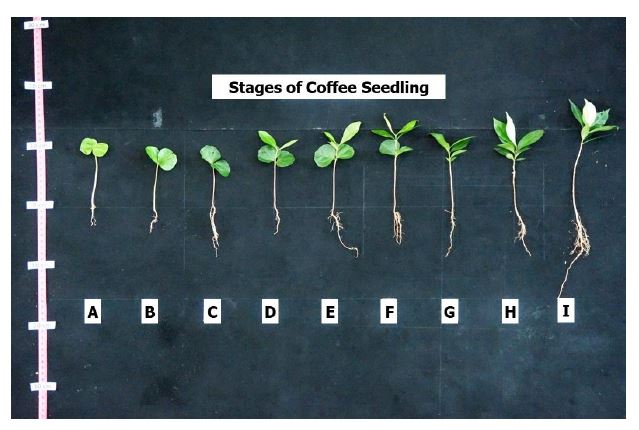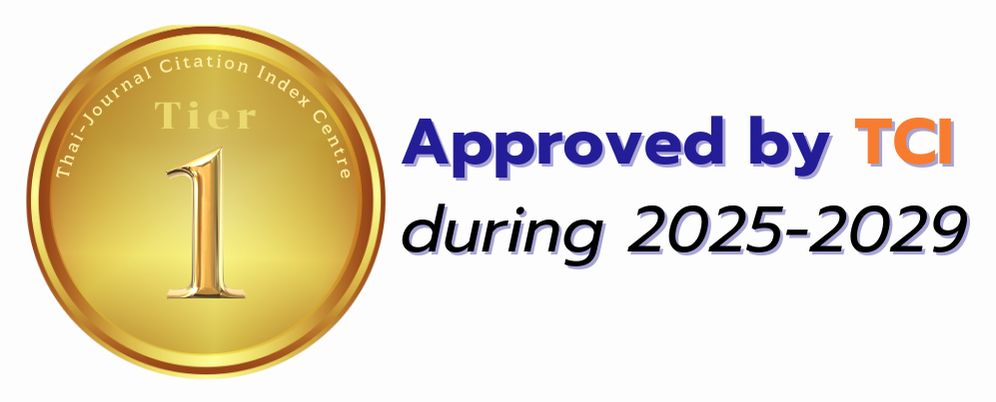Some Morphological Characteristics of Three Seedling Stages of Arabica Coffee (Coffea arabica L.) Planted under Lower Montane Forest Condition in Khuntae Royal Initiative Project Area, Chom Thong district, Chiang Mai province
Keywords:
morphological characteristics, three seedling stages of Arabica coffee, agroforestry system, specific leaf areaAbstract
This study was conducted to observe some morphological characteristics during three developmental stages of coffee seedling found in agroforestry system under natural reforestation of lower montane forest. To collect data, a 20 m x 20 m plot were established and 17 mature coffee individuals were selected within this plot. The seedling quadrat of 1 m x 1 m was set up under each selected individual mature coffee, and Arabica coffee seedlings were randomly selected for data collecting during June 2018. The study found that the distribution of coffee seedling varied with seedling stages, whereby during the butterfly leaf stage, the normal distribution was observed for shoot length, shoot dry weight and root dry weight. During the butterfly leaf-true leaf stage and true leaf stage, seedling distribution appeared as a non-normal distribution for all of the morphological characteristics included in the study. When considered percentage of shading, it was found to be statistically different among the different canopy levels with the seedlings canopy level having the highest average shading, followed by the mature Arabica tree level and the top of mature Arabica coffee tree level having the lowest percentage of shading. Furthermore, examination of the distribution among groups of Arabica seedling samples in each stage indicated that shoot length, root length, root growth rate, shoot dry weight, root dry weight and leaf greenness had different distribution for every pair of samples. This result suggested that there were different degrees of changes in growth during the three seedling stages. On the specific leaf area, however, similar distribution pattern was observed among the Arabica coffee seedlings in all three seedling stages. In other word, there was no change in specific leaf area though out the different seedling stages, indicating that the Arabica coffee seedlings planted under agroforestry system within the lower montane forest are variable in terms of their morphological characteristics, which are also apparent among coffee seedlings found in monoculture system, which may be explained by their similarity in ecological niche.
Downloads



.png)





